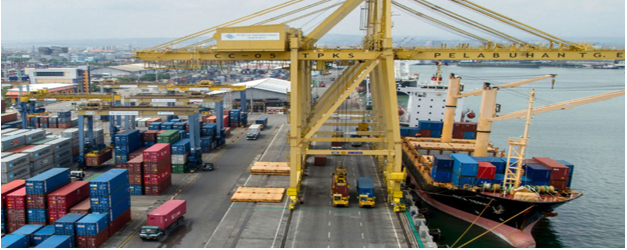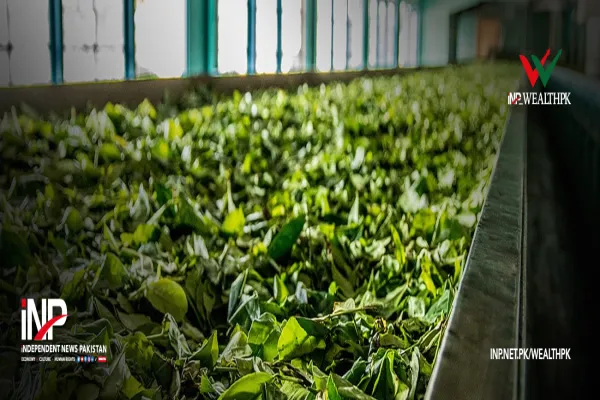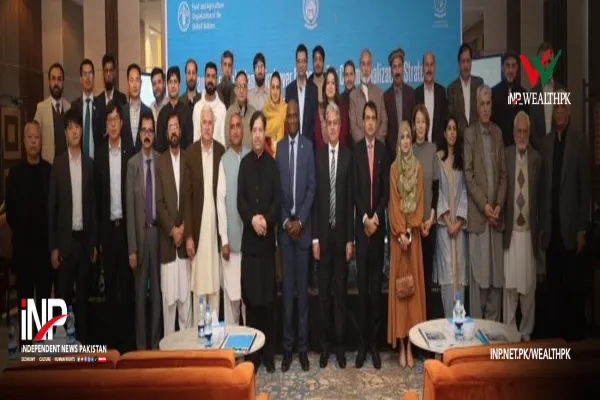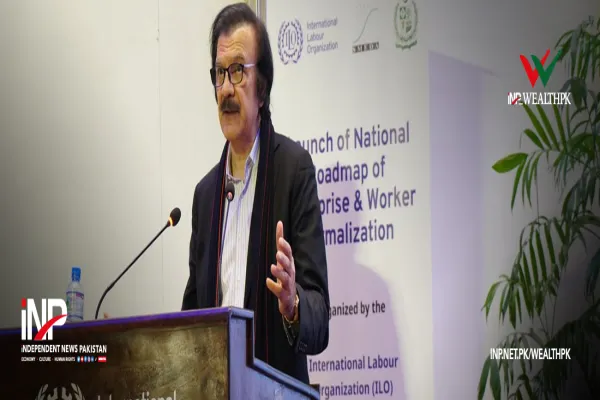i INP-WEALTHPK
Ayesha Saba
Pakistan’s maritime sector, despite its strategic potential, contributes significantly less to GDP than regional peers such as India and China. “This low contribution underscores the urgent need for targeted investments in technology and automation to enhance productivity, efficiency and overall economic returns,” stresses Kamran Ahmed, Research Associate at National Institute of Maritime Affairs (NIMA).

Talking to WealthPK, he said the country’s 1,046-kilometre-long coastline and its proximity to critical maritime routes offer immense opportunities for trade, commerce and resource exploration. “However, outdated infrastructure and inefficient port management have constrained its economic potential,” he explained. Ahmed said that a major challenge is the lack of technological integration in port operations.
“Advanced economies rely heavily on digital automation and smart port systems, which enable seamless cargo handling, real-time tracking and better supply chain management. Countries like China and India have developed robust maritime industries by investing in state-of-the-art shipyards and fostering public-private partnerships.” In contrast, he said Pakistan’s ports continue to depend on manual processes, causing inefficiencies that discourage foreign investors.
“The global shipping industry is evolving, and without adopting the latest technologies, Pakistan risks being left behind in regional and international trade.” Furthermore, he said Pakistan’s lack of attention to this subsector has resulted in heavy reliance on foreign-built vessels, further straining the trade balance. He added that leveraging CPEC is seen as a pathway to unlocking the maritime sector’s potential.
“The development of Gwadar Port, in particular, could serve as a regional trade and logistics hub, enabling Pakistan to integrate more effectively into global trade networks.” However, he warned that without comprehensive planning and investments in human capital, infrastructure and automation, the benefits of Gwadar and other initiatives will remain unrealised. Mehmood Khalid, head of fiscal policy section at Pakistan Institute of Development Economics (PIDE), said that Pakistan’s ports are uniquely positioned to become hubs for regional trade.
“Central Asian states like Uzbekistan, Turkmenistan, and Kazakhstan are heavily reliant on external trade routes for their exports. Pakistan’s deep-sea ports can provide these countries with cost-effective and time-efficient access to global markets,” he said. “However, the potential remains untapped due to a lack of strategic investments and policy focus.” He said that Pakistan’s contribution of just 1% reflects an underdeveloped sector that requires urgent attention.
He asserted that this gap represents an opportunity for Pakistan to reshape its economic landscape. “By capturing a greater share of regional trade and expanding port capabilities, the country can significantly boost its GDP and create thousands of jobs.” “To boost regional and international trade, Pakistan must invest in automation and streamline logistics. The adoption of smart port systems can reduce costs and enhance the throughput of goods,” Khalid said.
Credit: INP-WealthPk









